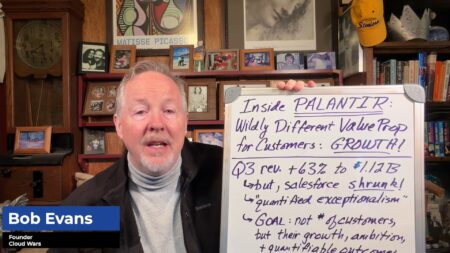
The technical progress made around Artificial Intelligence is simply astonishing and we remain very surprised by ‘what is next’ related to Artificial Intelligence applications.
Today, we are observing how our social media apps recognize our pictures and our friends’ pictures every time we post something to a social media account. Artificial Intelligence (AI) is able to filter through the data stored and even identify people we do not know, even if they are just in the background of one of our pictures.
AI has come to power many things that were once thought of as science fiction. Very few folks imagined that we would be able to give verbal instructions to a smart phone or other device and have it intuitively answer our questions or perform a task. AI also powers GPS navigation systems and can guide us to our destinations, or search for a particular location. Our schedules, agendas, and work activities can now be tracked with Artificial Intelligence-powered applications. As users, we see the ‘friendly and nice’ aspects of AI, potentially convincing us that AI is making our lives easier.
But we are also witnessing how AI can automatically create new content, such as text, articles, images, videos, music… even art pieces! This AI-generated content is in any way interesting and fun. In fact, in many cases, it can solve many issues when Artificial Intelligence engineers don’t have enough data (such pictures, sounds / voice or media) to train systems. This is accomplished by using the vast amounts of public and free content available, such as human faces, sounds, videos, media, social network content, articles, blogs, text, books, and most any other type of data.
Neural Nets can be trained to replicate those images, translate text, voice-to-text caption, images,, and other data elements. AI is accelerating and growing in technological capability, and is now approaching a point where machines can quickly learn about human behavior and analyze it. Does this means humans are becoming more predictable in the eyes of AI? Perhaps in many essential aspects, AI has only just exposed predictability that was always there. Here is one example of what Google Duplex was able to accomplish in 2018, a machine booking a hair appointment and conversing with a real human. You can watch the video here:
On the other hand, human creativity is unlimited, and that same AI technology can be used to solve new problems, and it can be also used for many other purposes. One concern comes in the form of ‘fake’ content, where AI is able to generate content with such precision that humans can be easily fooled. An example of that comes in the form of “deep fake content”.
Deep-fake content is any type of content (pictures, images, videos, sound, voice, or text) artificially generated by systems and machines previously trained using many other similar types of content. This is also known as synthetic content, which could be quite frightening, especially in cases of misinformation or fraud. An almost perfect example of synthetic content (or Deep Fake) comes from BBC News, which published how to fake ‘Barack Obama’ speech using AI technology.
In the last 5 years, this AI-generated content has been used to create scams and perform illegal actions in many ways. Also generating what is called ‘deep-fake pornography’, damaging the public image of many celebrities by asking for a ransom or any other type of blackmail. In general, the consequences of this can be very damaging for society in general.
Fortunately, there is big research in generating and training systems to detect deep-fakes and synthetic content, which is emerging as a big cybersecurity threat.







